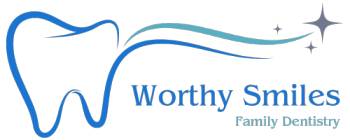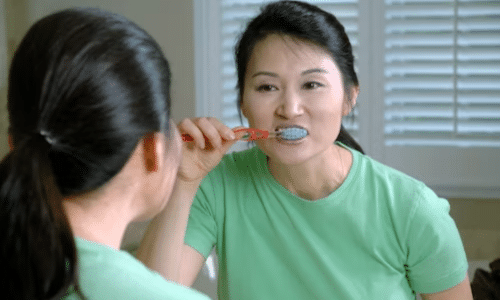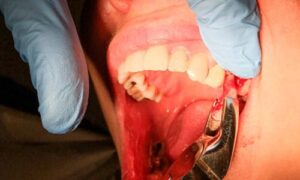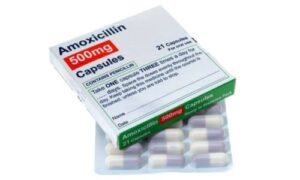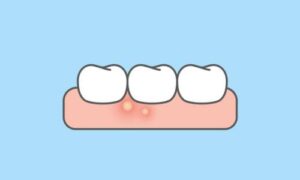Introduction
This article will explore ways to whiten teeth and focus on the safest options available. A bright, white smile is often associated with good health and self-confidence. Many people desire whiter teeth to enhance their appearance but are often unsure about the safest and most effective methods to achieve this goal. While numerous ways are available, it is essential to prioritize safety when whitening teeth. The safest options typically involve professional dental treatments or over-the-counter products that dental associations have approved.
Understanding Teeth Discoloration
Before diving into teeth-whitening methods, it’s essential to understand why teeth become discolored in the first place. Teeth can become discolored due to various factors, including aging, consumption of certain foods and drinks (such as coffee or red wine), tobacco use, poor dental hygiene, and certain medications. These factors can lead to the accumulation of stains on the enamel, causing teeth to appear yellow or dull. Teeth can become stained or yellowed due to various factors, including:
Diet:
Consuming foods and beverages like coffee, tea, red wine, and certain fruits can stain teeth over time. Additionally, poor oral hygiene habits, such as infrequent brushing and flossing, can contribute to the buildup of plaque and tartar, which can also cause discoloration. Regular dental cleanings and good oral hygiene are essential to prevent or minimize teeth discoloration.
Tobacco Use:
Smoking or chewing tobacco can lead to tooth discoloration. Tobacco contains chemicals that can stick to the enamel of the teeth, causing them to become yellow or brown. Tobacco use can also increase the risk of developing gum disease, which can further contribute to tooth discoloration.
Aging:
As we age, the enamel on our teeth naturally thins, revealing the yellow dentin beneath. This can result in teeth appearing more yellow or discolored. Additionally, accumulating years of consuming stain-causing foods and beverages can contribute to tooth discoloration as we age.
Genetics:
Some people may be genetically predisposed to have naturally darker teeth. This can be due to the dentin’s inherited thickness or the enamel’s natural color. Furthermore, genetic factors can also affect the strength and resilience of tooth enamel, making it more susceptible to staining and discoloration over time.
Medications:
Certain medications, such as tetracycline antibiotics, can cause teeth to darken during tooth development. Additionally, some antihistamines, antipsychotic drugs, and high blood pressure medications have been known to contribute to tooth discoloration. It is essential to consult with a healthcare professional about the potential side effects of any drugs that may impact the color of your teeth.
Poor Oral Hygiene:
Inadequate dental care can lead to a buildup of plaque and tartar, which can make teeth appear yellow. Poor oral hygiene can also contribute to tooth decay and gum disease, further contributing to tooth discoloration. Neglecting regular brushing and flossing can allow bacteria to thrive in the mouth, leading to yellowing of the teeth.
The WHO Global Oral Health Status Report (2022) estimated that oral diseases affect nearly 3.5 billion people worldwide, with 3 out of 4 people living in middle-income countries.
Safest ways to whiten teeth
Now that we understand the causes of teeth discoloration let’s explore the safest ways to whiten teeth:
Professional Teeth Whitening
One of the safest and most effective ways to whiten teeth is by seeking professional treatment from a dentist. Dentists can perform in-office teeth whitening procedures using high-concentration bleaching agents. These treatments are supervised by experts, ensuring safety and efficacy.
At-Home Whitening Kits
Over-the-counter teeth whitening kits are readily available and can provide noticeable results when used correctly. Look for products that are ADA-approved for safety and effectiveness. It’s essential to follow the instructions carefully to avoid overuse, which can lead to tooth sensitivity.
Oil Pulling
Oil pulling is an ancient practice that involves swishing a tablespoon of coconut or sesame oil in your mouth for 15-20 minutes daily. Some proponents claim it can help whiten teeth naturally and improve oral health. While oil pulling is generally considered safe, its effectiveness for teeth whitening varies from person to person.
Baking Soda and Hydrogen Peroxide
A homemade teeth whitening remedy involves mixing baking soda with hydrogen peroxide to create a toothpaste-like consistency. Gently brush your teeth with this mixture for a few minutes before rinsing thoroughly. However, use this method sparingly, as excessive use can damage enamel.
Avoid Staining Foods and Habits
Prevention is the best approach to maintaining a white smile. Limit the consumption of teeth-staining foods and beverages, and if you use tobacco products, consider quitting. Additionally, drinking stained beverages like coffee and red wine through a straw is recommended to minimize contact with the teeth. Regularly brushing, flossing, and visiting the dentist for professional cleanings can also help prevent stains and maintain a white smile.
Regular Dental Check-Ups and Cleanings
Routine dental check-ups and professional cleanings can help prevent teeth discoloration by removing surface stains and plaque buildup. These regular visits allow the dentist to identify potential issues early on and provide appropriate treatment. Furthermore, professional cleanings can reach areas that regular brushing and flossing may miss, ensuring a thorough cleaning and reducing the chances of developing stains.
Conclusion
Achieving a whiter smile can be a confidence booster, but it’s essential to prioritize safety when considering teeth whitening methods. Professional treatments, ADA-approved at-home kits, and natural remedies like oil pulling can all be effective options. However, it’s crucial to consult with a dentist before attempting any teeth whitening regimen, especially if you have underlying dental issues. Remember that maintaining good oral hygiene and avoiding staining foods and habits are essential for long-term teeth whitening success.
FAQ’s
Q1: What is teeth whitening?
A1: Teeth whitening is a cosmetic dental procedure that aims to lighten the color of teeth and remove stains and discoloration. It can help improve the appearance of a person’s smile.
Q2: What are the common causes of teeth discoloration?
A2: Teeth can become discolored due to diet (consumption of staining foods and beverages), tobacco use, aging, genetics, certain medications, and poor oral hygiene.
Q3: Is teeth whitening safe?
A3: Teeth whitening is generally safe when done under the supervision of a dentist or when using ADA-approved over-the-counter products. However, overuse or improper use can lead to tooth sensitivity and gum irritation.
Q4: How long does teeth whitening last?
A4: The duration of teeth whitening results varies from person to person and depends on factors like diet and oral hygiene. Typically, the effects can last from several months to a few years.
Q5: Are there any side effects of teeth whitening?
A5: Common side effects include tooth sensitivity and gum irritation. These side effects are usually temporary and can be managed with special toothpaste or dental care products.
Q6: Can I whiten my teeth at home?
A6: Yes, you can use ADA-approved over-the-counter teeth whitening kits. Follow the instructions carefully to ensure safe and effective results.
